First things first:
What is coconut flour?
Coconut flour is a soft, flour-like product made 100% from finely ground up dried coconut meat. It’s naturally gluten, grain and nut free making it a great alternative flour in healthy and allergy friendly baking.
How is coconut flour made?
It’s made from coconut meat that has been pressed to remove moisture (that makes coconut milk & oil). After the coconut meat has been pressed and dried it is then ground until it becomes a fine, powder-like substance that we know as coconut flour.
How Does it taste?
Coconut flour does have a mild, sweet taste that is fairly distinct. If you’re not crazy about the taste of coconut it may take a little adjusting to get used to. That being said you can mask the flavour fairly well if you use it alongside other strong flavours or spices like: cacao, coffee, bananas, etc.
What’s the nutrition info? How many carbs in coconut flour?
In addition to being free from major allergens and gut irritants it’s also got an impressive nutrition profile being high in fibre, protein and healthy fats while also being low in digestible carbohydrates and sugar. It’s low on the glycemic index which also makes it another option for diabetics or people who need to keep an eye on their blood sugar.
1/2 US Cup coconut flour = 56 grams
Calories: 240
Total Fat: 8g
Saturated Fat: 8g
Cholesterol: 0mg
Sodium: 120mg
Potassium: 0mg
Carbs: 32g
Dietary Fibre: 20g
Sugar: 4g
Protein: 8g
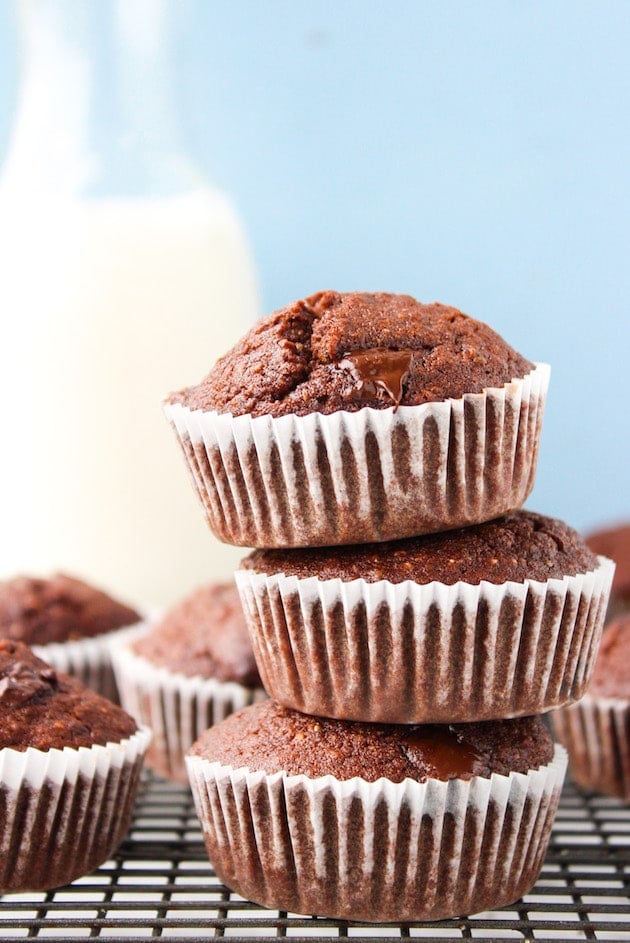
How to Use Coconut Flour In Recipes
Coconut Flour is notoriously difficult to work with, but once you get the hang of it you’ll fall in in love. It’s an extremely absorbent flour which means two things:
- You’ll need a lot of moisture in your recipes (from eggs, oil, pureed fruit, etc).
- You need to use very little flour for success.
You can’t just substitute coconut flour 1:1 for other types of flour, grain based or not.
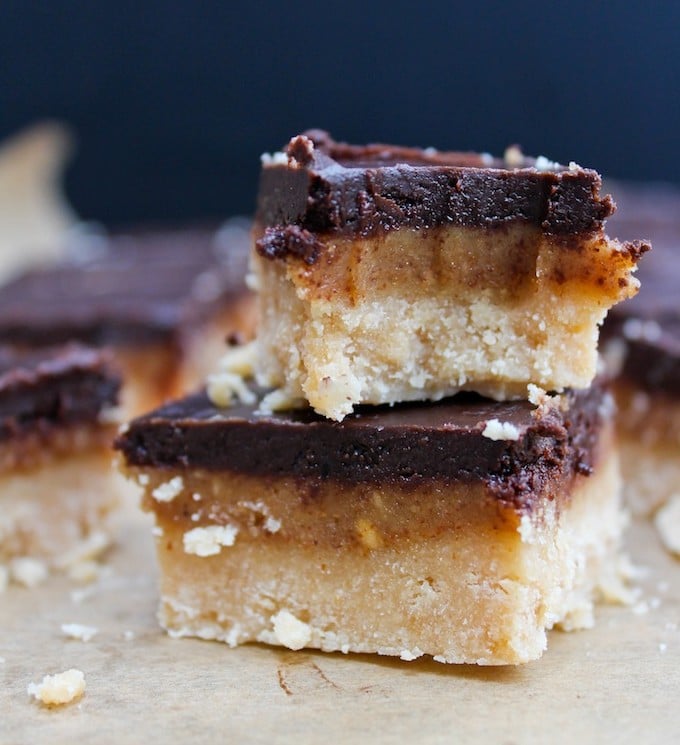
Coconut Flour in General Baking
As a general rule of thumb you can use about 3-4 tablespoons of coconut flour for 1 cup of wheat based flours or almond flour. Of course this isn’t always true because there are too many variables in recipes to ever say for certain, but it’s a place to start if you’re ever feeling adventurous in the kitchen.
Since coconut flour is so dry and absorbent you really need to make sure that you’re using ingredients that have a lot of moisture. Eggs are often used in recipes with coconut flour because they’re an excellent source of moisture and binding when baking. Other additional liquids include: mashed fruit, milk, oil, vinegar, yogurt etc.
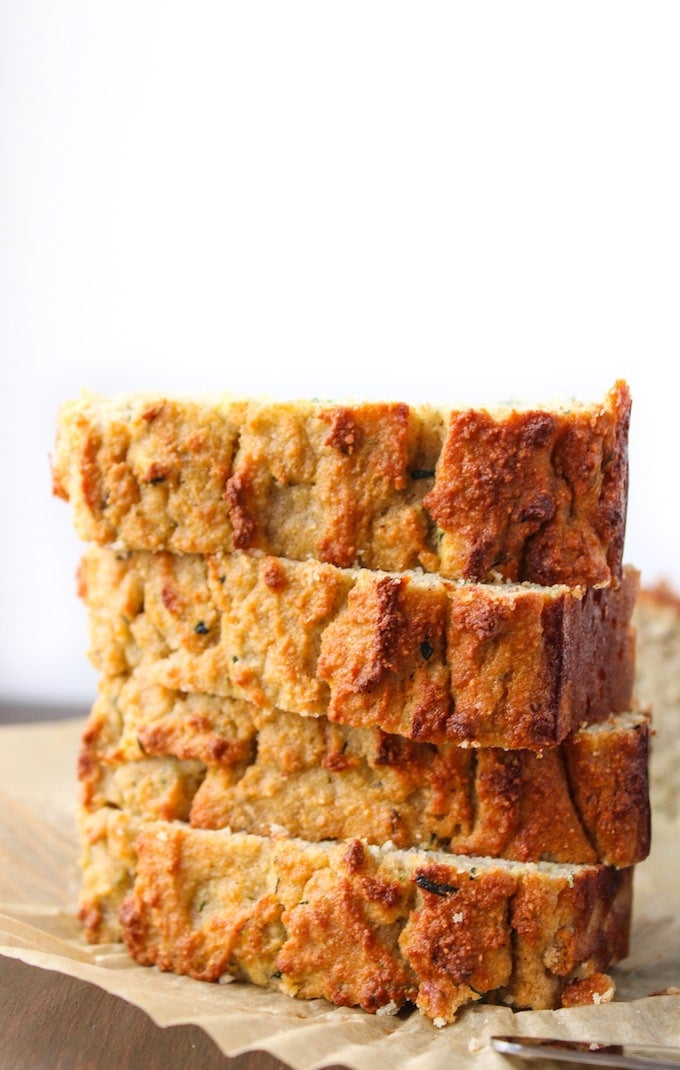
Coconut Flour in General Cooking
Since it’s such a thick flour, you can use it as a thickener is soups/stews. As long as you’re cooking with other strongly flavoured ingredients (like onion or garlic) it shouldn’t affect the taste too much. Just make sure to mix it well and add only a little bit at a time. You can always add more coconut flour, but once it’s in you can’t take any away.
You can also use coconut flour as binders in things like meatballs and meatloaf. Just keep in mind that you’d still need to increase the amount of liquid in the recipe as you would with baking.
It’s also important to note that coconut flour is not a great flour to use on it’s own in recipes in which you’re trying to make something crispy or fried. It just ends up soggy and clumpy and not at all the texture you’d want. Almond flour would be a better flour to use if you’re looking for a grain/gluten free breading.
When it comes to cooking with coconut flour I’d start with tried and true recipes that you know works and stick to the recipe unless you’re comfortable with what you’re doing. It’s not the most forgiving flour and can take some getting used to, but it can make for some really delicious foods once you get the hand of it.
How Long Does Coconut Flour Last?
Coconut flour, like other nut flours, contain a lot of natural fat and oil which means that they oxidise and go rancid quicker than other types of flour. They have a recommended shelf life of 6-12 month, but if you store it properly you can keep them for longer. Ideally you’re supposed to store coconut flour in the fridge or freezer, but if you don’t have room (because honestly who has that much space in the freezer?) just store it in a dark cupboard.
I had an sealed bag of coconut flour that sat in a dark cupboard for about a year before I opened it and it was still fine. Once opened I store the flour in air tight, sealed containers and I’ve never had to throw out any coconut flour for going bad.
If you’re not sure whether or not your coconut flour is still good, just give it a whiff – if it’s still smells sweet and nutty you’re fine. If it starts to smell bitter then chuck it out.
Where to buy Coconut Flour?
I live in the UK so my buying options are pretty limited. I typically buy my coconut flour from Costco because it’s cheap and I get a ton of it, but I also do a lot of baking which means I go through it quickly. Amazon is usually my first choice when it comes to purchasing any type of specialty ingredient because it’s usually the most affordable price.
If you live in the US you should be able to buy it from Walmart, Target, Whole Foods and Sprouts. When I was in Arizona last I noticed a lot more grocery stores were starting to stock more specialty items so take a look at stores near you to check if you can buy it there. You should be able to find it in the baking aisle or possibly even the health food aisle of the store.
If you’re buying your coconut flour from a store that offers it in bulk bin then keep in mind that that flour won’t be safe for anyone who needs to eat a strict gluten free diet because of the potential cross contamination issues.
There are loads of brands to choose from: Bob’s Red Mill, Nutvia, Coconut Secrets are a few that I’ve tried. I can’t say that I’ve seen any noticeable differences in my baking, so I usually just buy whatever is the best value/most convenient.
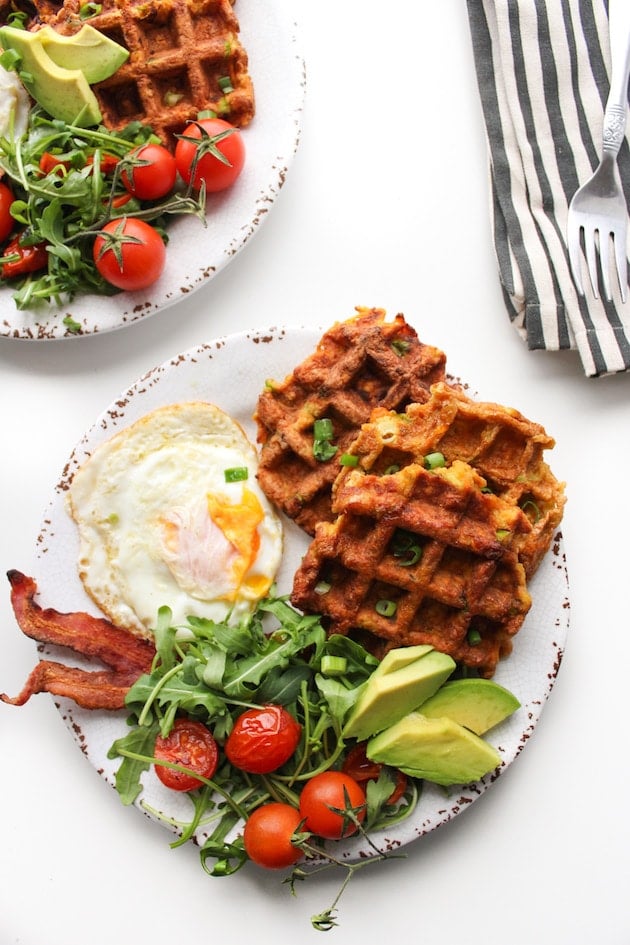
Coconut Flour Recipes
Coconut flour recipes for beginners
Coconut Flour Cake
Sweet and tender Coconut Flour Cake made with a combination of coconut & tapioca flour. You only need one bowl and eight ingredients to make! Gluten Free + Paleo + Nut Free
Egg Free Coconut Flour Paleo Cake
Soft and tender egg free yellow paleo cake made with coconut flour. Only 15 minute prep and about 25 minutes to bake with only 8 ingredients! This cake is dairy, nut, and egg free! Top it off with a paleo chocolate frosting, coconut whipped cream, or enjoy it as is!
Peanut Butter Cookie Dough Truffles
Five ingredient Peanut Butter Cookie Dough Truffles – sweet and salty truffle bites studded, dipped and drizzled with dark chocolate pieces! Gluten Free + Vegan + Refined Sugar Free
Paleo Coffee Cake
Easy Paleo Coffee Cake with a coconut cake base and an irresistible cinnamon streusel topping. Enjoy with your favourite tea or cup of coffee! | Gluten Free + Nut Free + Dairy Free
Herby Paleo Biscuits
Easy, one bowl herbed Paleo Biscuits made with nut free flours and including egg free options! Gluten Free + Dairy Free + Vegan Option
Chocolate Chip Paleo Banana Muffins
Use up your overly ripe bananas with these easy Chocolate Chip Paleo Banana Muffins – quick to whip up and only about 20 minutes to bake! | Nut Free + Dairy Free
Paleo Banana Bread with a Chocolate Cinnamon Swirl
Soft and moist Paleo Banana Bread with a simple, chocolate-cinnamon swirl | Made a blend of coconut and almond flour and naturally sweetened with honey or maple syrup. | Gluten Free + Paleo
Sweet Potato Pizza Crust - Paleo + Vegan
7 ingredient Sweet Potato Pizza Crust made with coconut & tapioca flour - paleo, vegan & nut free!
Paleo Lemon Olive Oil Cake
One bowl paleo lemon olive oil cake | made with grain free flours, no refined sugars, fiery ginger, lemon zest & olive oil. | Gluten Free + Paleo + Dairy Free
Paleo Sweet Potato Waffles
Paleo Sweet Potato Waffles made with four essential ingredients and a low FODMAP option | Gluten Free, Dairy Fee, Sugar Free
Paleo Pumpkin Muffins with a Chocolate Swirl
Paleo Pumpkin Muffins with a Chocolate Swirl Top – a simple, one bowl recipe perfect for the perfect fall treat | gluten free + grain free + dairy free
Paleo Zucchini Bread
Paleo Zucchini Bread - moist, tender, and naturally sweetened. Enjoy along side a cup of coffee or as a light snack any time of day!
Peanut Butter and Jelly Banana Bread
No mixing bowls needed for this Peanut Butter and Jelly Banana Bread! Swap out the peanut butter for almond butter to make this Paleo friendly
Paleo Pumpkin Bread
One bowl, healthy Paleo pumpkin bread made with coconut flour, natural sweeteners and wholesome ingredients for the perfect fall treat.
No Bake Paleo Millionaires Shortbread
Dangerously delicious six ingredient + three layer chocolate and caramel Vegan and Paleo Millionaires Shortbread.
What’s your experience with coconut flour? It’s taken time, but baking with coconut flour did grow on me once I got the hang of it. Any favourite recipes or way to cook with it? Looking back into my archives I realise that I mostly only use it in a sweets so I’d like to play around more using it in savoury recipes.
Send me your recommendations or problems that need trouble shooting and I’ll do my best to help you out!
This post contains affiliate links. I only post links for products I personally use and believe in. If you make a purchase on Amazon after clicking one of my links, I receive a small commission and the price you pay is not affected. Thank you!
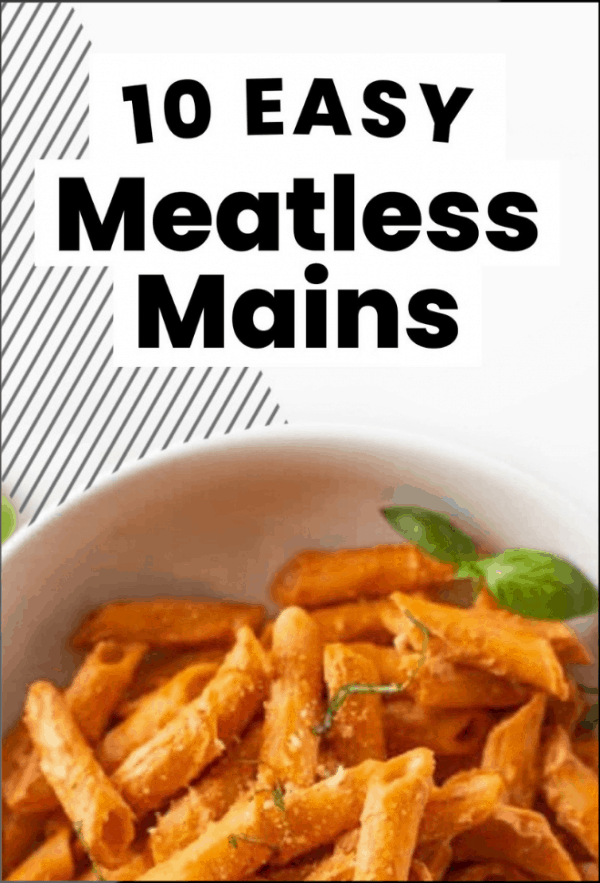
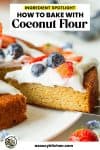
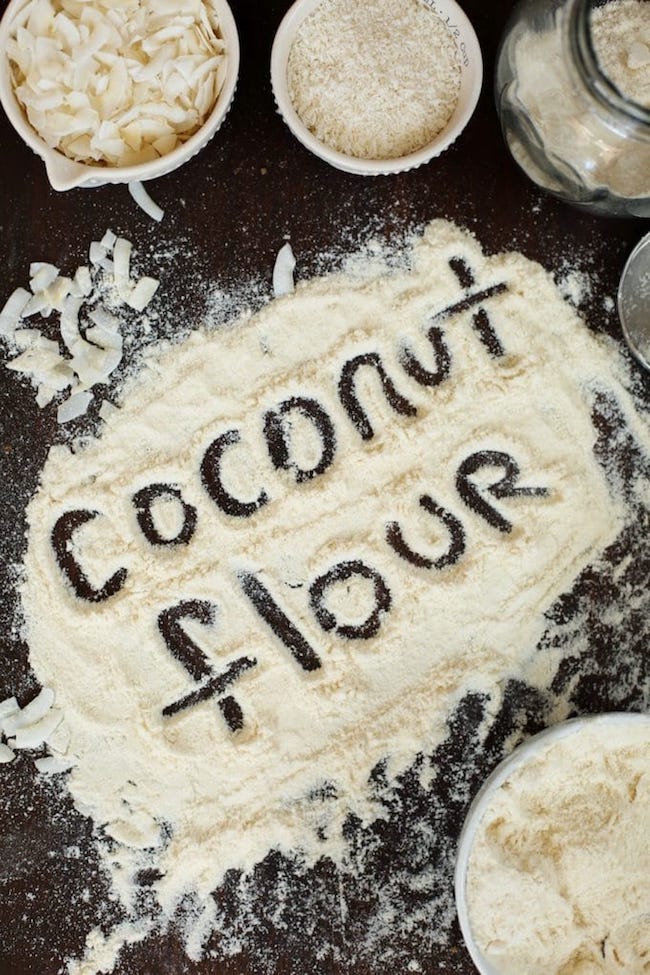
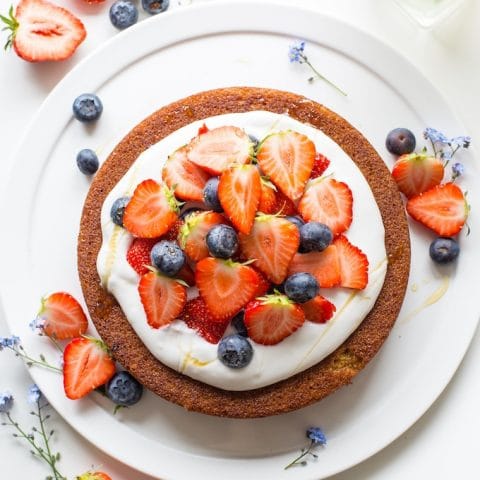
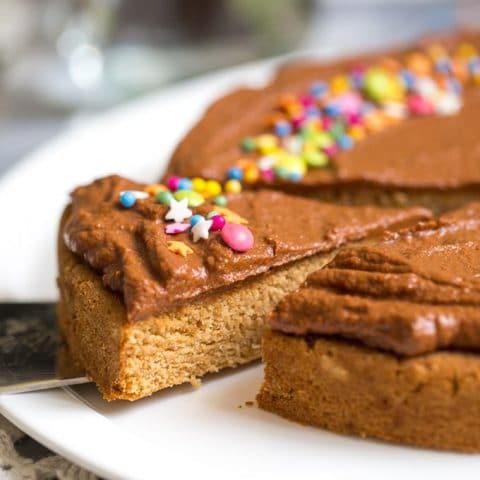
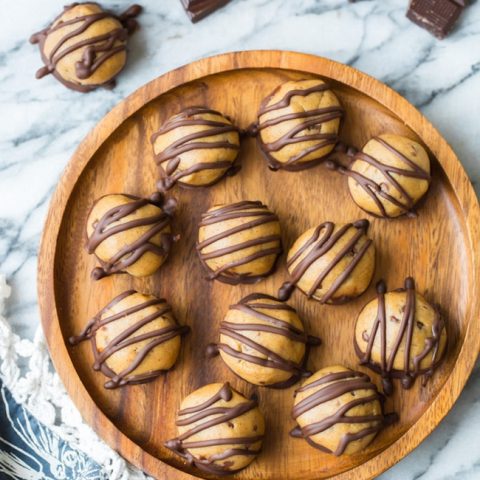
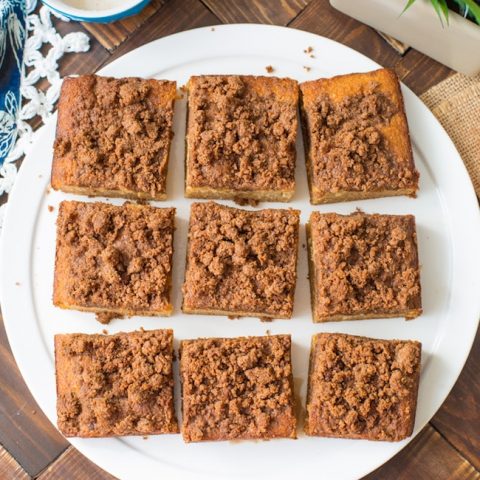
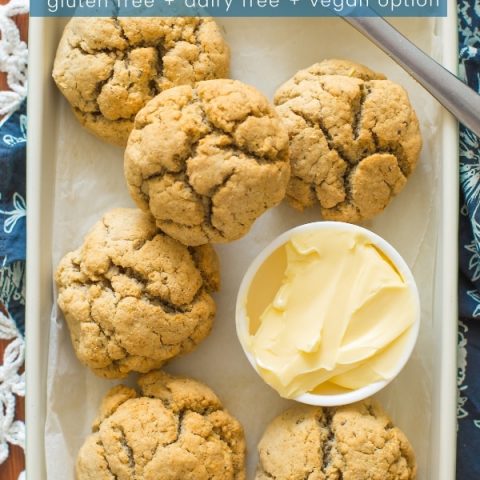
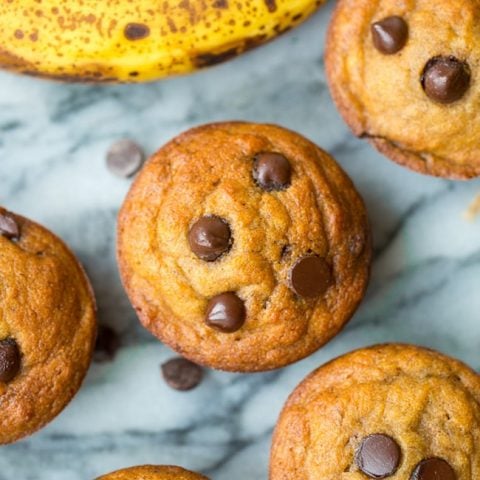
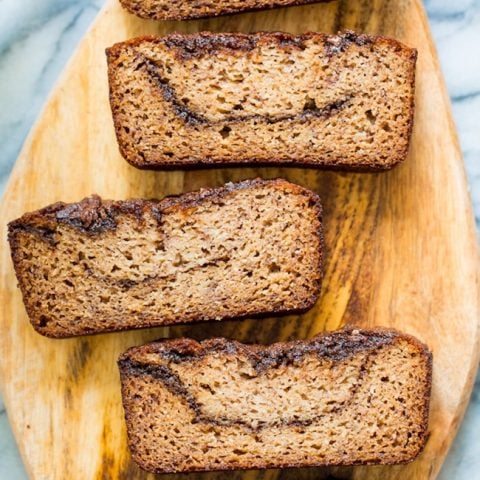
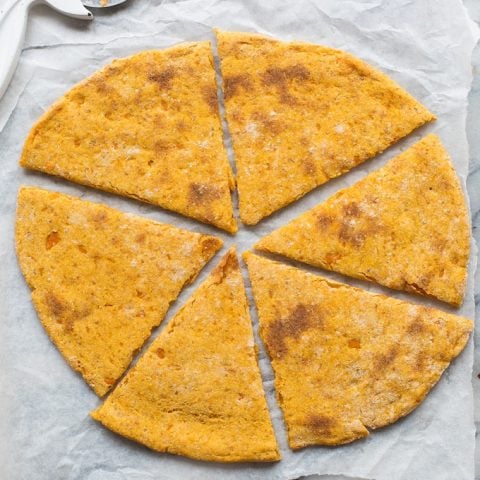
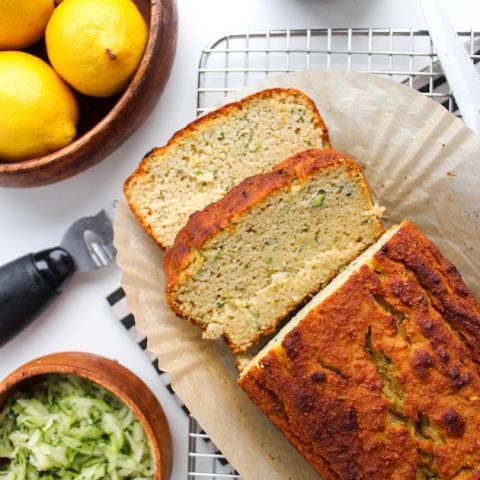
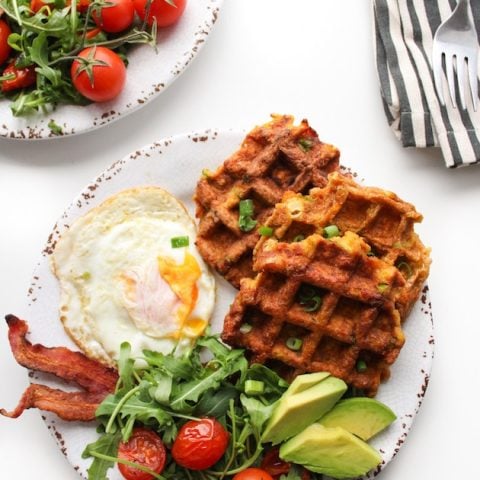
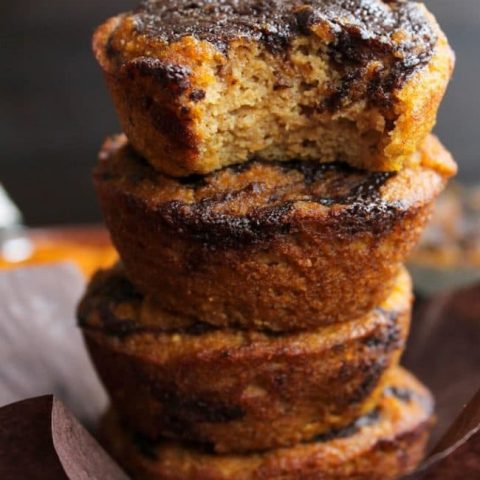
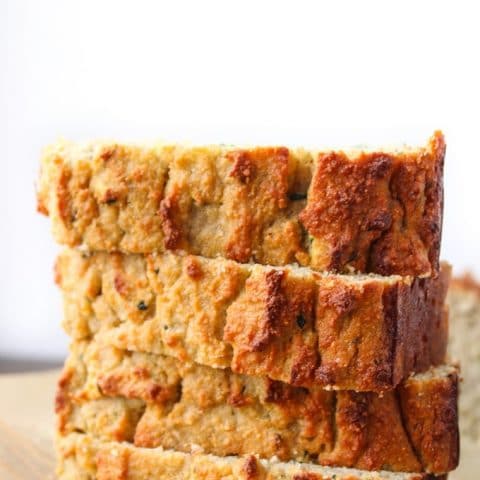
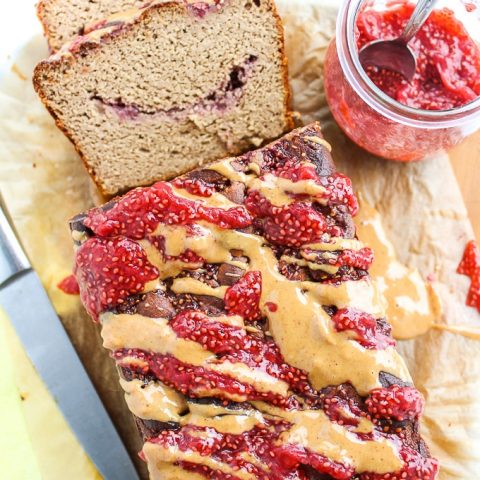
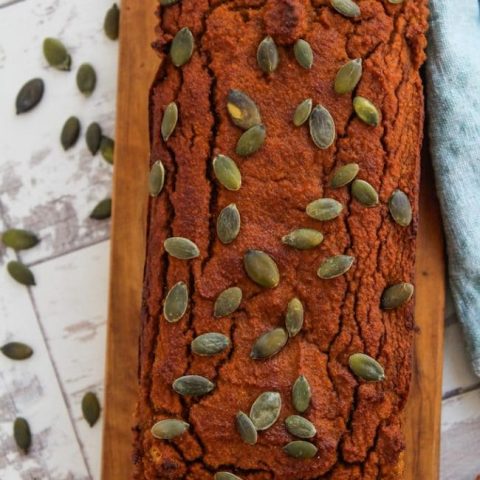
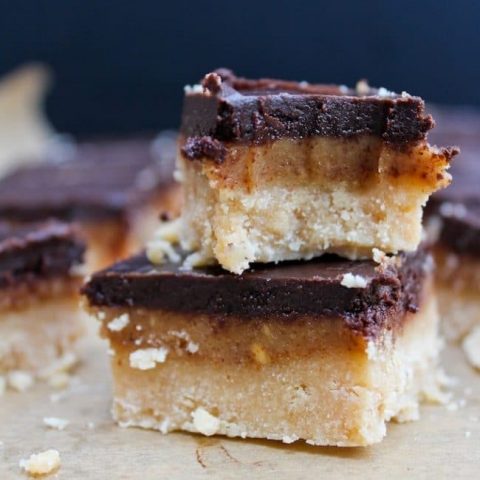
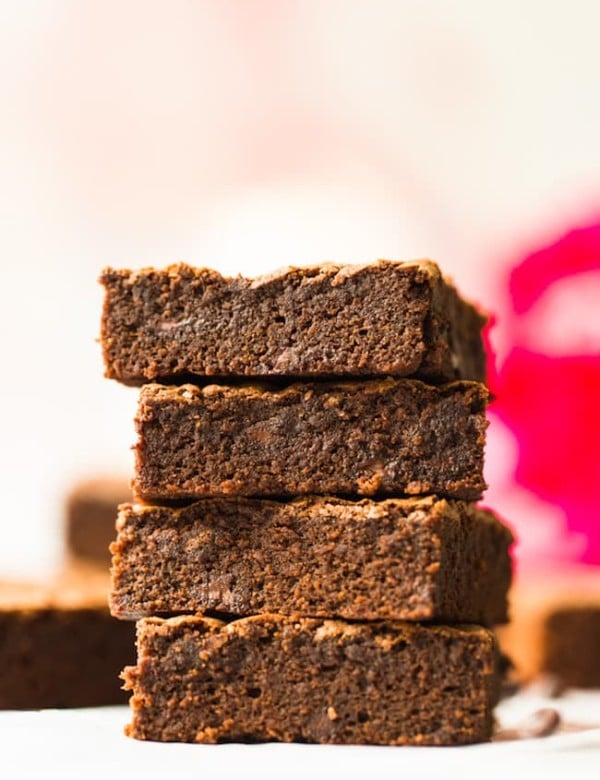
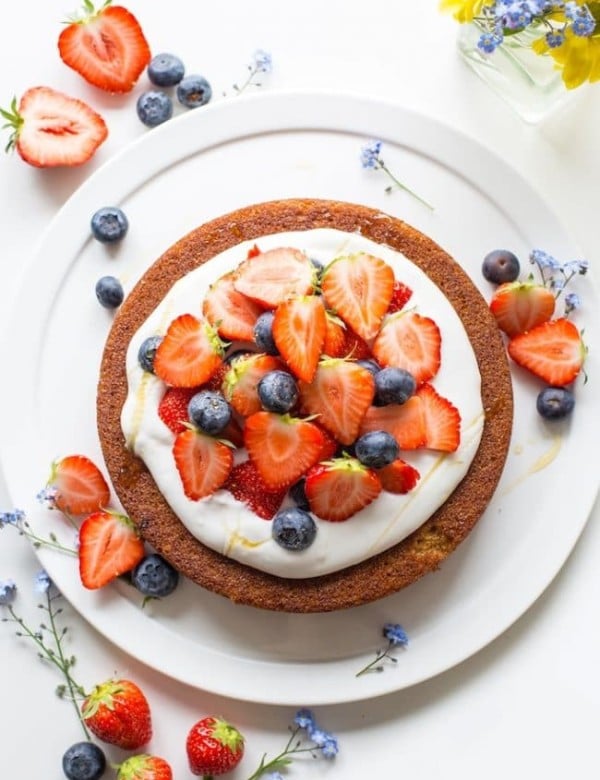
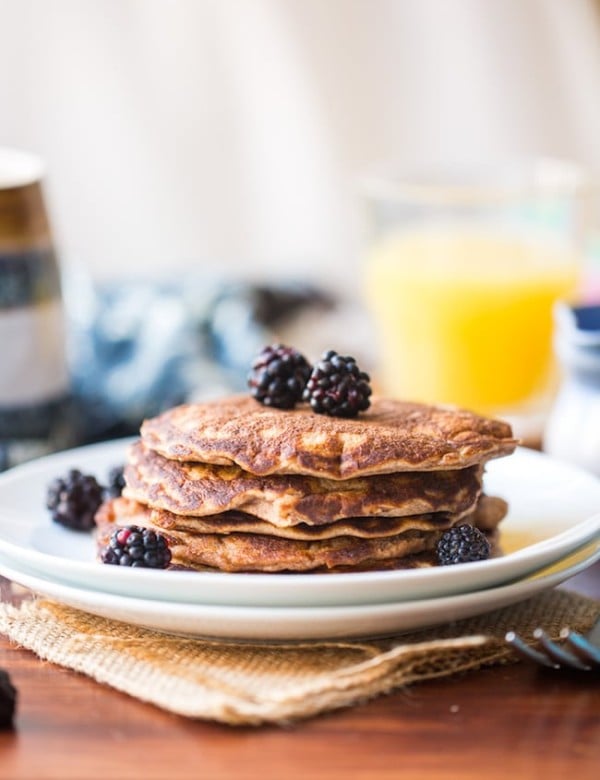
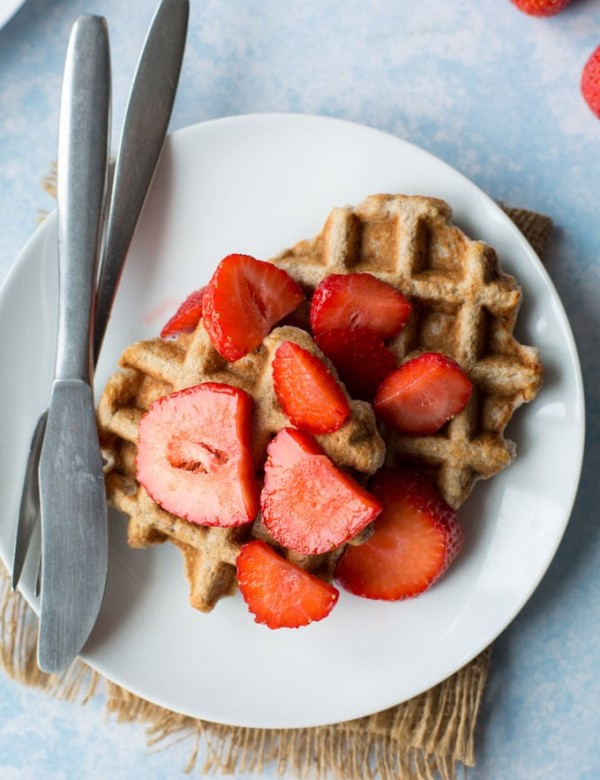
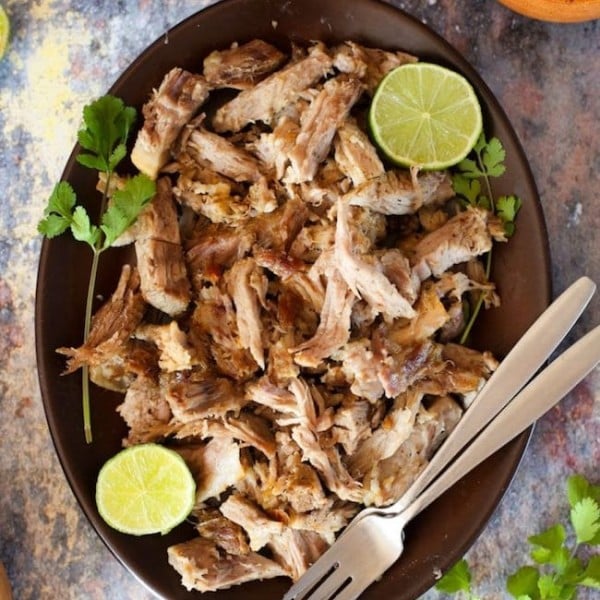
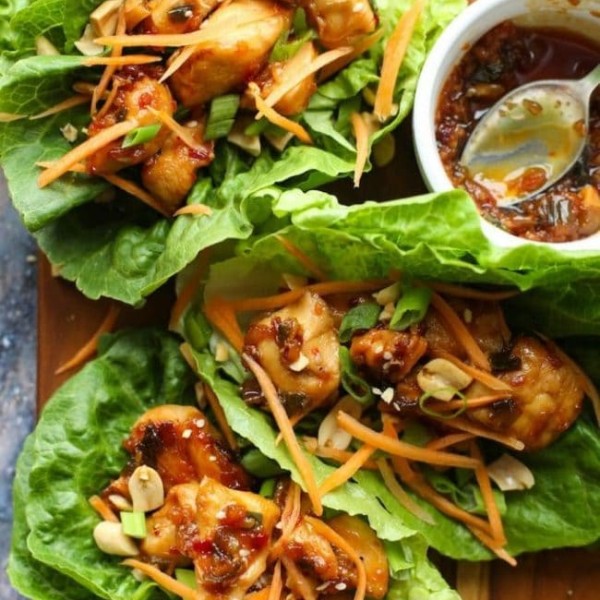
Susan says
Just opened my first coconut flour bag to use as a thickener for a bechamel sauce. The taste was great but the sauce (used coconut milk) didn’t really thicken and it was grainy. I did cook the rouge for a few minutes, maybe I should have cooked it for longer.
Would love to get the hang of it. Any ideas about what I could change so I can use coconut flour as a thickening agent?
Thank you for this post, it did help.
Sarah Nevins says
Hi Susan!
How much coconut flour did you use and with how much liquid? One thing to note, while coconut flour can thicken sauces up it won’t ever be the same as using a more traditional flour simply because it has much less starch (which is what binds things together). Depending on what you’re making, you might have better success using something else to thicken. If you’re looking for grain/nut free thickeners, I’ve had a lot of success with tapioca starch and arrowroot starch.
Kayla Plucinski says
Very new to baking with coconut flour and wondering how you would combat the sweeter flavor of coconut flour in more savory recipes?
Sarah Nevins says
Hi Kayla! I think it really just depends on the type of recipe you’re looking to make.
The good thing about coconut flour is that you usually can’t use a whole lot of it because too much will often dry out your recipe. With that in mind, when used sparingly, it’s usually easier to mask the flavour with other more powerful flavours. I’m actually working on a coconut flour based pizza crust and I find that the coconut flour really isn’t very noticeable over pizza sauce, garlic and strong herbs.
You may not be able to erase the flavour 100%, but that’s not necessarily a bad thing. Sweet potato has a noticeable sweetness to it, but that sweetness is usually a great addition to chilis and stews because it balances out more spicy flavours.
I hope this helps! Is there any particular type of savoury recipe you’d like to make with coconut flour? I might be able to help more if I knew what you were looking for specifically.
Chloe Lewer says
can you use instead of icing sugar to ice cakes with addeded water colouring or butter ?
Sarah says
Hi Chloe! I’ve played around with using coconut flour in frostings before and it’s never really come out well. It tends to stay very grainy feeling and you can’t use too much because it’s so absorbent. Coconut cream might be a better option to use in place of icing and frostings though!
Barry Barker says
For savory applications, IE Fathead dough/bread…I season it up with oregano, basil, thyme, and sometimes a dash of curry (Sounds odd, but love the different hint of flavor). For some of the sweeter recipes, like french toast, I will add in some lime/lemon zest, cinnamon, nutmeg, or even some pumpkin spice seasoning. It’s pretty versatile and adds a nice flavor to the sweeter items, but savory dishes…well, just gotta learn to love it!
Sarah says
I hear ya! Coconut flour was something I had to get used to at first. It’s not that it’s bad – it’s just very different than most other flours. Now it’s one of my favourites to work with because it adds so much! Love the sound of adding curry powder to savoury things – I’m gonna need to try that soon!
Marissa says
Im new to coconut flour cooking. I tried to bake with coconut flour today and made chocolate cake. It came out ok but I was disappointed with the fact it was a little grainy and a little soggy on the bottom but seemed to be cooked all the way. Maybe too much almond milk? I’m a low carb/keto lifestyle but I had a craving I just couldn’t shake. Any suggestions?
Sarah says
Hi Marissa! It’s hard to say for sure without seeing the recipe myself. I will note thought that coconut flour recipes do tend to be a lot more moist that most other baked goods which can take a little getting used to at first. The best way to know if it’s cooked through all the way is by inserting a knife/toothpick into the centre of your cake – if it comes out clean it’s done and if a little bit of the batter is still on the knife/toothpick then it does need a little more time
Erica Smith says
Hi just started baking and started with coconut flour. I made some cheddar biscuits that came out pretty good a little dry but still very good. Want to use more butter next time.
Sarah says
Ooh those sound good! I agree – more butter should help with the dryness for next time!
Casey the College Celiac says
Coconut flour can definitely be tricky, but I love using it in recipes – especially homemade granola! I wish I had read a guide like this before I started experimenting with coconut flour years ago though! 😉
Sarah says
I don’t think I’ve ever used it in granola, but I bet that tastes lovely – I’ll have to try it! Do you have a particular recipe that you like with it?